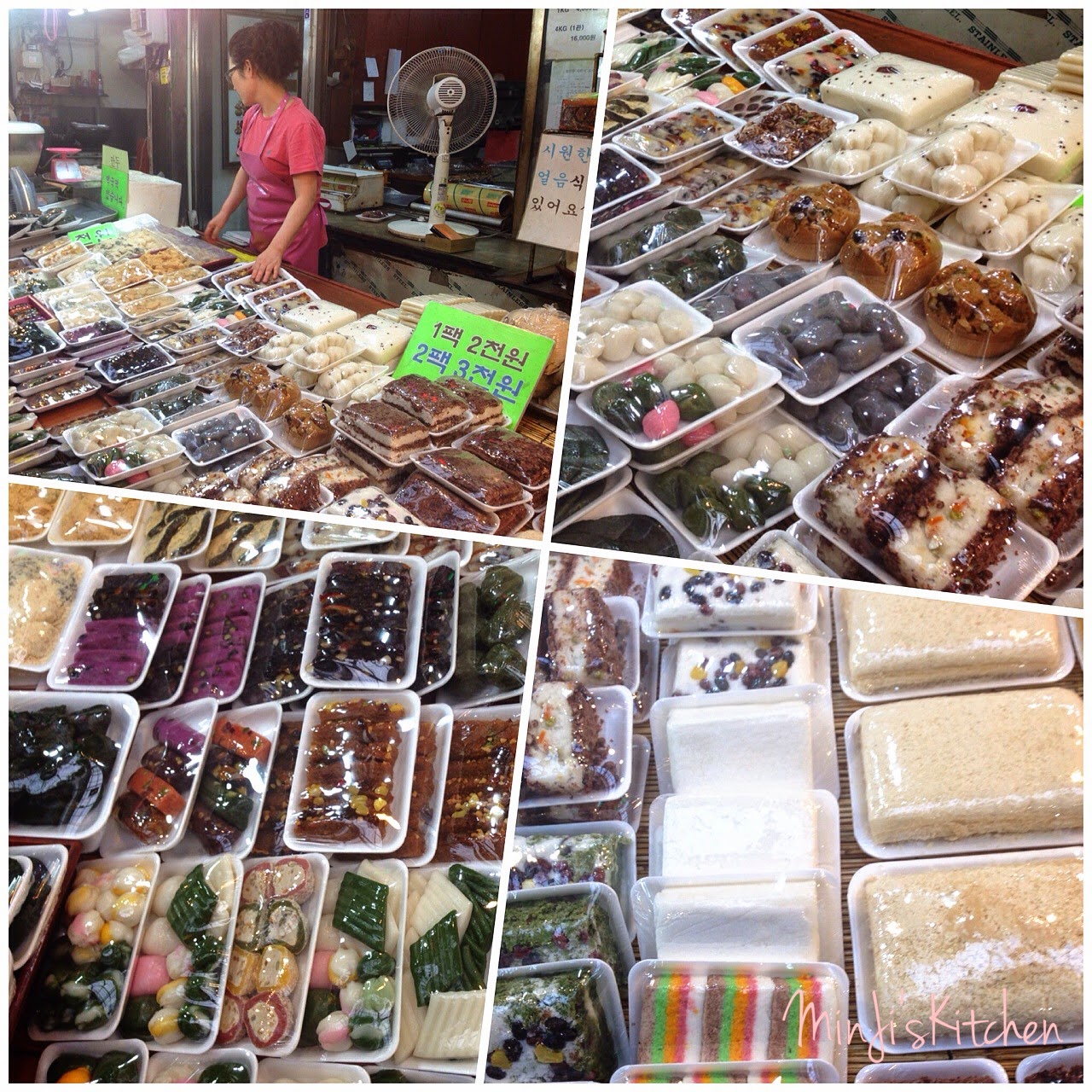Coconut Macaroons are chewy cookie-llike sweet baked mini desserts that are so jam-packed full of coconut.
That slightly chewiness and "crunchy" texture from the coconut is to-die-for!
Perfect as tiny bites to be served with coffee or milk.
Filipino Coconut Macaroons
Ingredients:
2 cups Dessicated Coconut
1 tbsp Vanilla Extract
1/4 cup All-purpose Flour
1/2 cup White Sugar
1/4 cup Butter, melted
2 large Eggs
3/4 cup Condensed Milk
Instructions:
In a large mixing bowl, add-in melted butter and sugar, mix well with a fork until creamy.
Crack-in the eggs one at a time while stirring continuously.
Add-in the vanilla, stir well. Then, pour-in the condensed milk, beat until all the ingredients are well mixed.
Add-in the desiccated coconut one cup at a time. Mix to evenly distribute with the mixture.
Add-in the flour, mix well until thoroughly blended.
Preheat the oven to 205°C.
Prepare your mini muffin tin lined with paper cups; or prepare your macaroon baking molds by slightly greasing with butter.
Scoop a tablespoon of the coconut mixture into each of the paper cups or baking molds.
Bake the coconut mixture in the preheated oven for 10-12 minutes, or until the macaroons starts to turn slightly golden.
Remove from molds and place in a nice plate. Allow to cool before serving them as a dessert or a snack.
Happy Eating!!
Note:
You can also top your macaroons with raisins or semi-sweet choco chips before baking.
Macaroons are small; if they get burned they’re burnt all over. So you better keep an eye on them while baking.
Macaroons are good for presents too, use colorful paper cups when baking; Transfer them to a fancy box or large cellophane plastic then tie both with nice ribbons and you have the perfect gift.^^








































